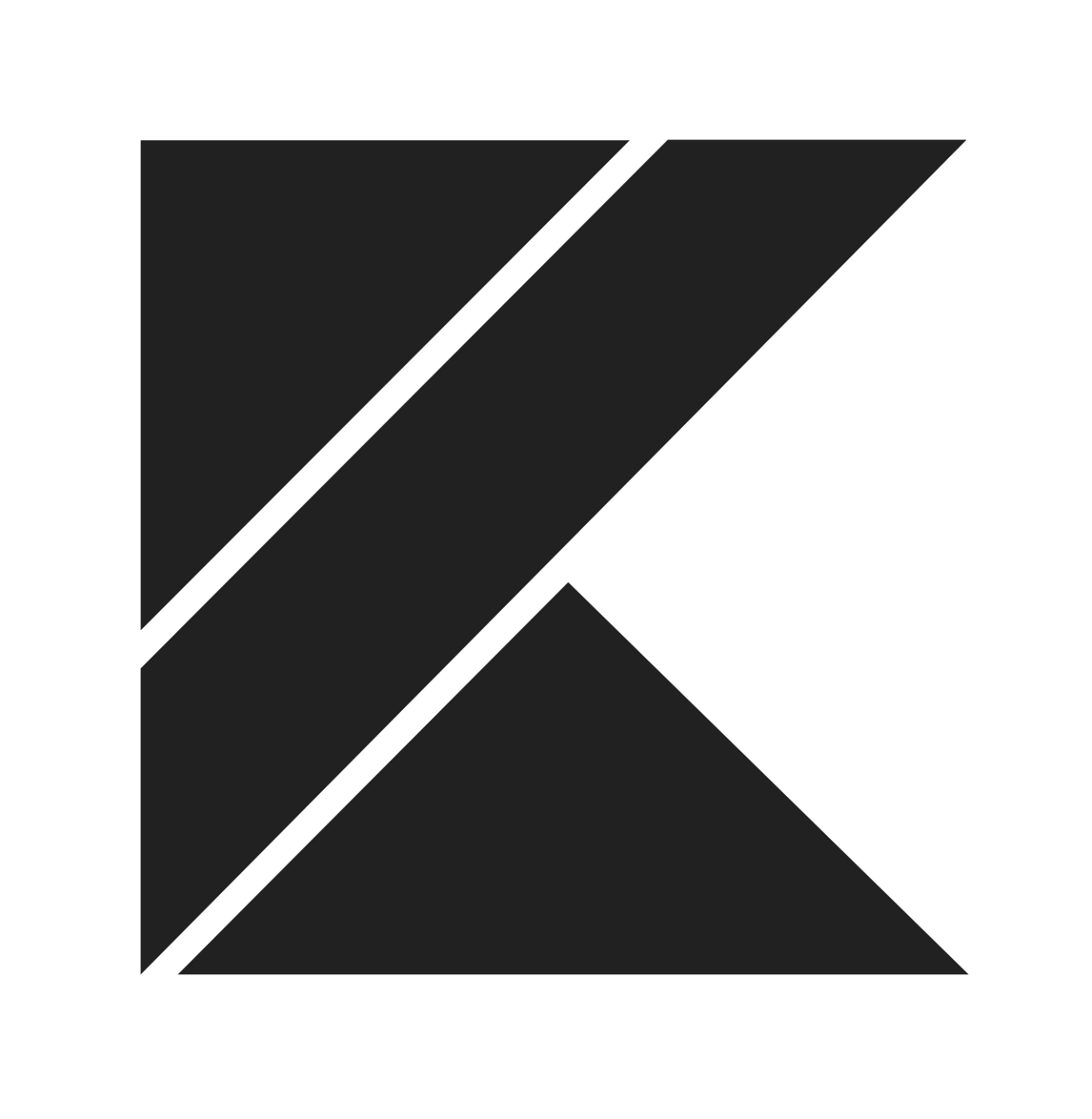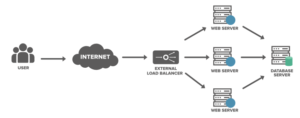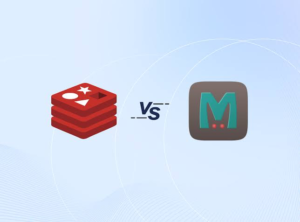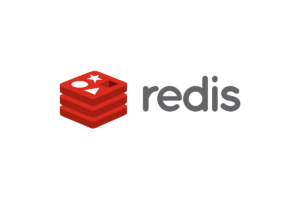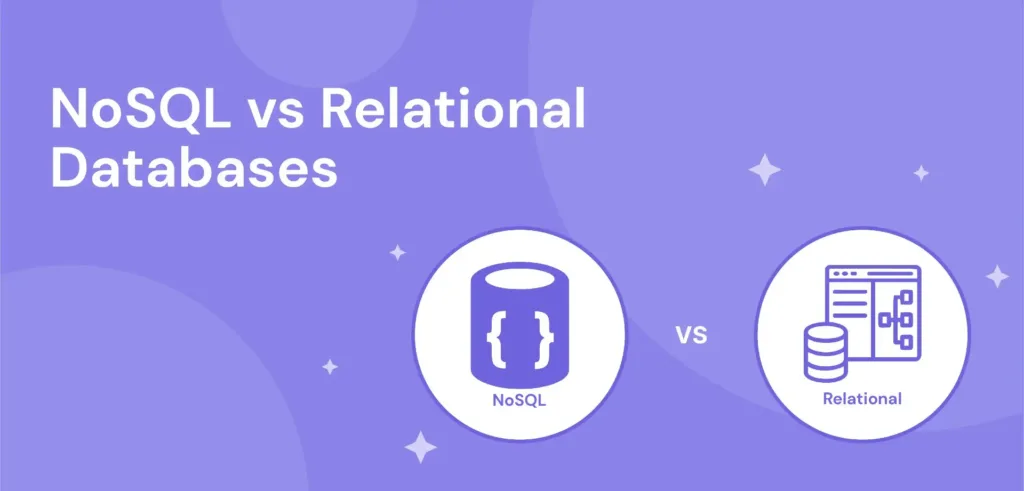
When planning a new project or application, the discussion of database requirements will often come up. What type of database should be used? What’s the difference between MongoDB and RDBMS?
What is RDBMS?
RDBMS stands for Relational Database Management System. It is a program that allows us to create, delete, and update a relational database. A Relational Database is a database system that stores and retrieves data in a tabular format organized in the form of rows and columns. Examples of RDBMS are MySQL, MSSQL, MariaDB, etc.
What is MongoDB?
MongoDB is a popular open-source NoSQL database that uses a document-oriented data model. It stores data in a flexible, JSON-like format called BSON, which allows for dynamic and nested data structures. It becomes more well-suited for handling unstructured or semi-structured data.
Difference between MongoDB and RDBMS
| Type | MongoDB | RDBMS |
|---|---|---|
| Data Model | It is document-oriented, and stores data in JSON-like documents within collections. | It is tabular-oriented, and stores data in the tabular structure with rows and columns. |
| Structure | Documents may vary in structure within the same collection. | It enforces a fixed schema for each table. |
| Schema Flexibility | It has a dynamic schema, allowing you to change the structure of documents without modifying the entire database. | It requires altering the table schema for structural changes. |
| Joins and Relationships | It does not support traditional SQL joins. Instead, it encourages embedding related data within documents or using references. | It relies on joins for establishing relationships between tables. |
| Transactions | It supports multi-document transactions, but they are limited to single-shard transactions or individual documents in a shared cluster. | It typically supports more complex and widespread transactions. |
| Scalability | It uses sharding for horizontal scalability, distributing data across multiple servers. | It usually scales vertically by adding more resources to a single server. |
| Query Language | It uses a powerful query language with support for filtering, sorting, and aggregation. | It uses SQL for querying and data manipulation. |
| Indexes | It uses indexes to improve query performance. | It relies heavily on indexes for optimizing queries. |
| ACID Compliance | It offers ACID guarantees at the document level, ensuring data integrity for individual documents. | It offers ACID transactions that span multiple rows and tables. |
| Data Types | It supports a wide range of data types, including arrays, nested documents, and geospatial types. | It uses a predefined set of data types. |
| Community and Ecosystem | It has a vibrant community and a diverse ecosystem of tools, drivers, and libraries. | RDBMS like MySQL or PostgreSQL also have active communities and ecosystems, but the focus may differ. |
Both MongoDB and RDBMS have their strengths and weaknesses, and the choice between them depends on the specific requirements of your application and data model.
